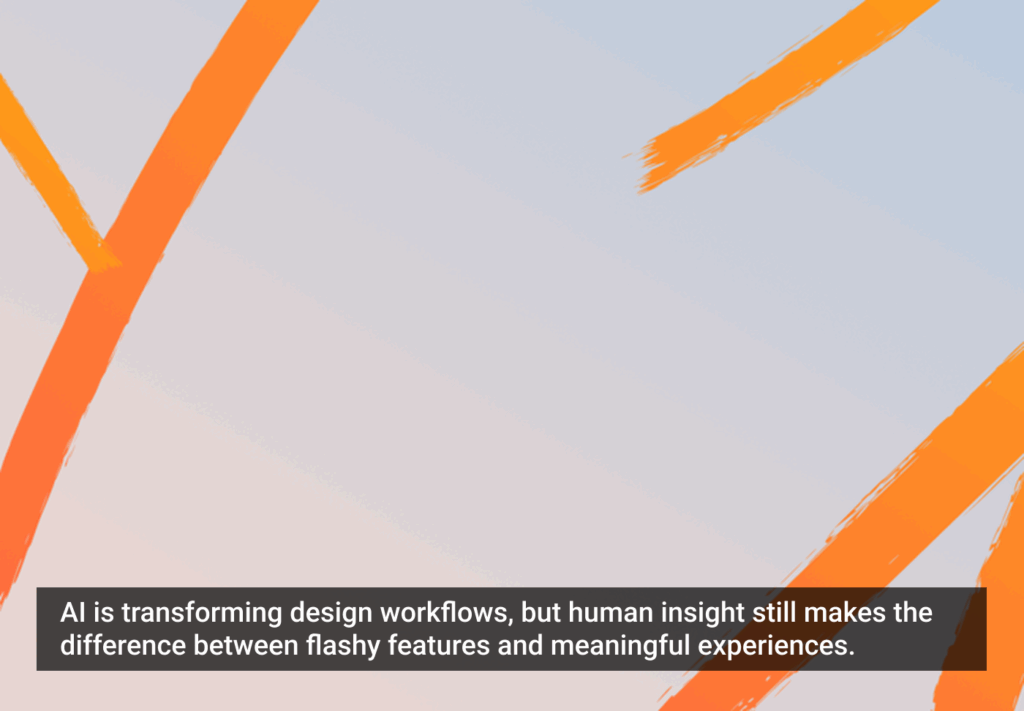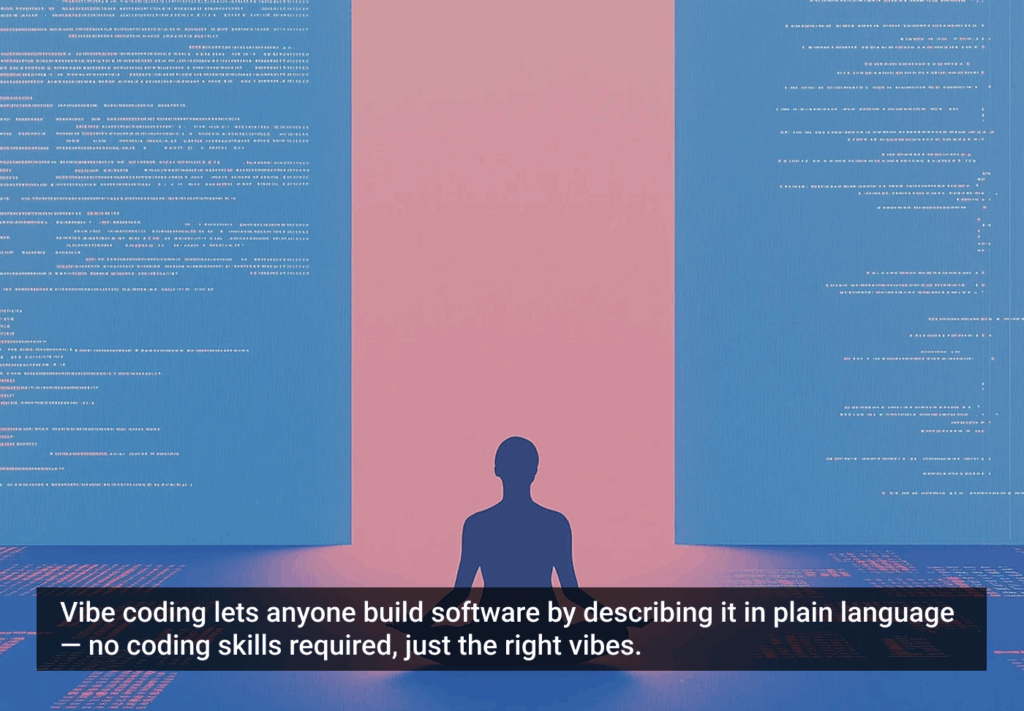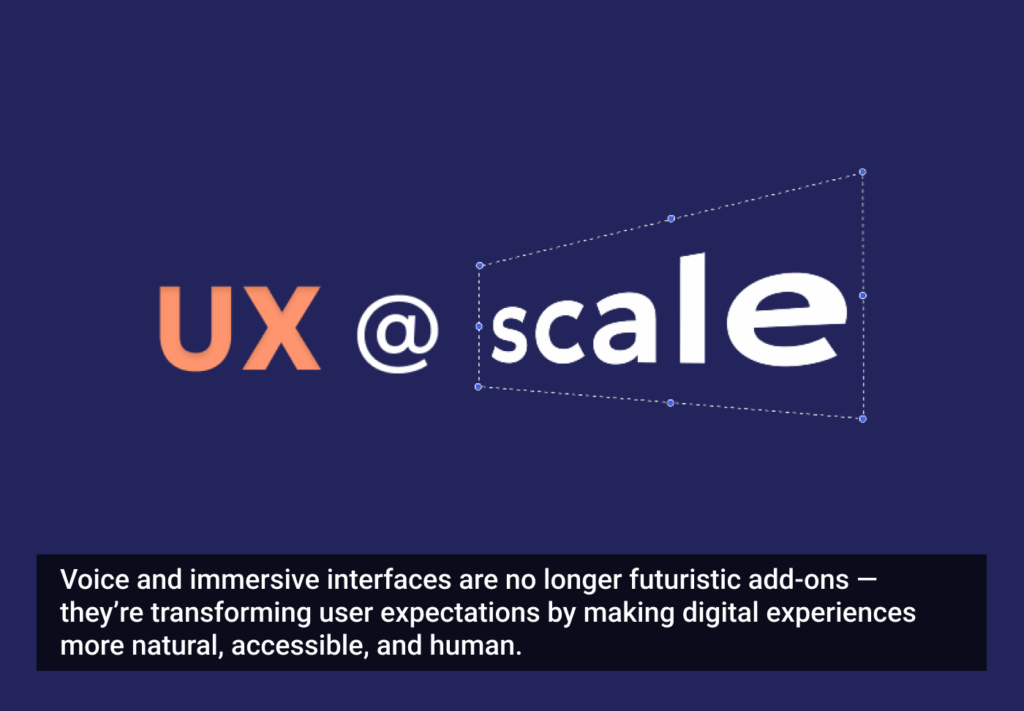If you like my design, I feel good. If it works, I have succeeded.
View your baby as a service, not a product. All else will follow.
Fool tries to upsell before having sold at all. Both stones fall from hand.
One-man bands play street corners, not concert halls. Music none want to hear.
Seek neither reality from a schedule nor logic from a cat
Take excellent care of users, and the brand will take care of itself
Simplicity is a one-to-one match between an itch and a scratch
Iterate in private. Don’t learn trumpet in front of an audience.
No one has more than 80% of the answer to anything
UX seesaw: The easier for ourselves, the harder for users
Releasing garbage on time and on budget: The angels do not sing
BEEB design: There’s a Box for Everything, Everything’s in a Box
Homeopathic home page: pound of branding, molecule of info
Take excellent care of users, and the brand will take care of itself
Question everything, even the wisdom of questioning everything
Simplicity good. Consistency good. Suitability better.
Tools don’t matter. Tech don’t matter. Process don’t matter. What works matters.
Equal votes sink boats. Keep captain out of kitchen and cook off of bridge.
“Design by committee” bad. “Team consensus” good. The difference? Unknown.
Never mind what users like. Mind only what they need, want, love, and hate.
Why a “Creative Department” but no “Intelligent Department”?
Exec you please today is gone tomorrow. Users’ needs stay the same.
No process ever devised changes or overcomes human nature
“Nice to have”: Idea originated in User Experience
Big project’s exec will be quaint memory by time project goes live
No two people will organize the same material the same way
Simplicity good; ease better. Brevity good; clarity better.
You’re sitting in users’ seat at table. Treat it as theirs, not your own.
Any process that requires days of team training is a poor process
Fools seek numbers from usability testing. The wise seek insights.
Fool takes “mobile first” as “mobile only,” glibly puffed up to desktop.
Image of wooden walkway courtesy of Shutterstock.







